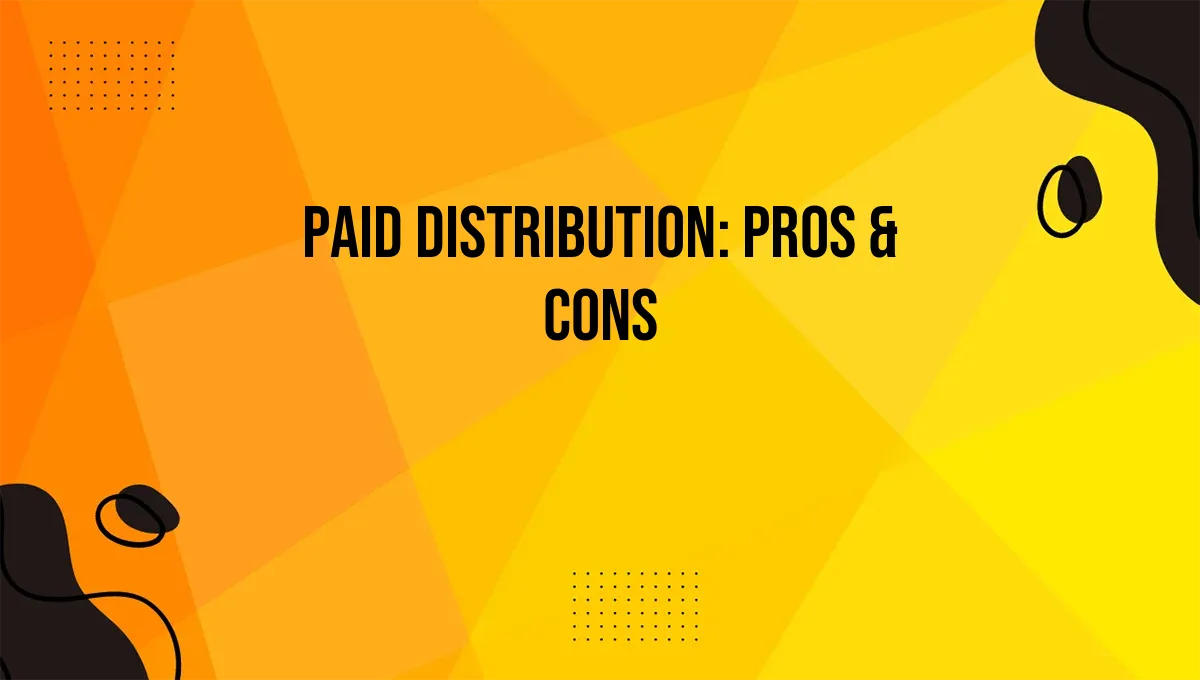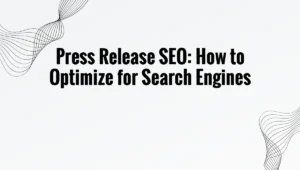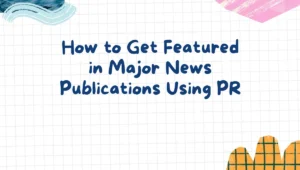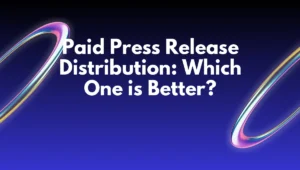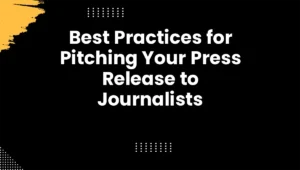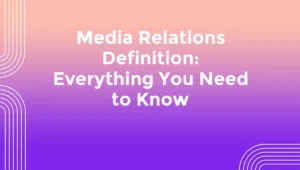In teh ever-evolving landscape of digital marketing, where the competition for visibility grows fiercer each day, businesses are continuously seeking innovative strategies to amplify their reach. One such strategy that has gained traction is paid distribution—a method where brands invest in promotional channels to ensure their content reaches a wider audience. But like any marketing tactic, it comes with its own set of advantages and drawbacks. In this article, we will explore the pros and cons of paid distribution, shedding light on how it can enhance your brand’s visibility and engagement, and the considerations to keep in mind as you navigate this powerful tool. As a leader in press release distribution, MillionairePR understands the vital role of strategic content dissemination in achieving business success. Let’s unpack the nuances of paid distribution and determine whether it’s the right fit for your marketing objectives.
Understanding Paid Distribution and Its Impact on Reach
Paid distribution channels offer a strategic advantage for brands looking to amplify their visibility and engagement.By investing in targeted ads and sponsored content, businesses can substantially expand their audience reach beyond organic efforts. Key benefits of paid distribution include:
- Enhanced visibility: Get your content in front of eyes that matter, increasing the likelihood of engagement.
- Immediate results: Unlike organic reach, which can take time to build, paid distribution can drive traffic quickly.
- targeted campaigns: Tailor your messaging based on demographics, interests, and behavior for improved conversion rates.
However, it’s essential to approach paid distribution with an awareness of its limitations. Investing in ads does not inherently guarantee quality interactions, and brands may find themselves competing for attention in an overcrowded digital landscape.Consider these potential drawbacks:
- Cost implications: Continuous spending may strain budgets, especially if ROI is not closely monitored.
- Ad fatigue: Repeated exposure to the same content can lead to diminishing returns, making fresh, engaging content crucial.
- Dependence on platforms: Relying heavily on paid channels can diminish organic growth strategies over time.
weighing the Benefits: Enhanced Visibility and Targeted Audiences
Utilizing paid distribution offers a significant advantage in achieving enhanced visibility for your press releases. By investing in targeted campaigns, brands can ensure their messages reach a wider audience than through organic channels alone. Increased visibility not only amplifies brand awareness but also positions your content in front of key decision-makers and influencers who are critical for driving engagement and conversion.Consider the unique benefits this approach offers:
- Amplified Reach: Engage audiences that may not have discovered your brand through conventional methods.
- Strategic Placement: Position your content strategically within industry-relevant outlets.
- Real-Time Analytics: Access insightful analytics to measure the impact and adjust strategies accordingly.
Moreover, paid distribution allows businesses to craft messages aimed at targeted audiences, ensuring that the right people receive the right message at the right time. This not only maximizes marketing ROI but also fosters brand loyalty as recipients engage with tailored content that resonates with their specific interests. By leveraging audience segmentation, businesses can focus resources efficiently, ultimately creating a more effective communication strategy. Here’s a swift overview of audience targeting advantages:
| Advantage | Benefit |
|---|---|
| Demographic Targeting | Reach particular age groups, locations, and interests. |
| Behavioral Targeting | Engage users based on previous interactions and behaviors. |
| Contextual Targeting | Place content on platforms that align with user context and intent. |
The Downsides of Paid Distribution: Costs and Dependency
The decision to engage in paid distribution frequently enough comes with considerable factors to consider,particularly costs and dependency. organizations may find themselves investing significant finances without guaranteed results, which can lead to budget strains. With options ranging from social media ads to sponsored content, the expenses can quickly accumulate, particularly for smaller businesses. It is essential to account for potential costs such as:
- Ad Spend: Direct costs incurred for advertising placements.
- Creative Development: resources needed to create compelling content for ads.
- Management Fees: Costs related to agencies or tools that manage your campaigns.
Moreover, there’s a risk of developing a dependency on paid distribution channels for visibility. Companies may find themselves in a vicious cycle, where organic reach declines due to a shift in focus toward paid promotions. This reliance can lead to challenges such as:
- Loss of Organic Engagement: Decreased interaction without paid support.
- Marketing Fatigue: Audiences may become desensitized to constant promotions.
- Instability in Budgeting: Fluctuating costs that can complicate financial planning.
| Factor | Impact |
|---|---|
| Cost Efficiency | May lead to budget constraints if not managed wisely |
| market reach | Can expand audience but relies heavily on investment |
| Performance Tracking | Harder to gauge success without organic metrics |
Strategic recommendations for Optimizing Paid Distribution Efforts
To maximize the effectiveness of your paid distribution efforts, focus on target audience segmentation. By defining specific segments of your audience based on demographic and psychographic factors, you can tailor your messaging to resonate more deeply with each group. Conduct thorough market research to understand the interests, behaviors, and preferences of your audience. This approach will not only enhance engagement rates but also increase the conversion of leads into clients, ultimately optimizing your return on investment (ROI).
Another vital strategy for enhancing your distribution efforts is to regularly analyze campaign performance metrics. Utilize tools to track key performance indicators (KPIs) such as click-through rates,customer acquisition costs,and overall conversion rates.By analyzing this data, you can identify which distribution channels are yielding the best results. Consider creating a simple report table that highlights these metrics for different channels:
| Distribution Channel | Click-Through Rate (%) | Conversion Rate (%) | Customer Acquisition Cost ($) |
|---|---|---|---|
| Social Media Ads | 5.2 | 3.5 | 45 |
| email Campaigns | 7.8 | 4.2 | 30 |
| SEO-Driven Content | 4.6 | 2.8 | 50 |
By continuously refining your strategies based on these insights, you can allocate resources more effectively and tailor your campaigns to meet your audience’s preferences. The key is to remain adaptable, leveraging the data to drive your decision-making and improve your overall paid distribution strategy.
Final Thoughts
In the ever-evolving landscape of digital marketing, paid distribution serves as both a beacon and a maze. Its potential to amplify reach and target specific audiences can propel brands to new heights, yet it is indeed juxtaposed with the challenges of cost, competition, and content authenticity. As we navigate this intricate web, it’s essential to weigh the pros and cons thoughtfully. paid distribution is not merely a transaction; it’s an investment that requires strategic foresight and a clear understanding of one’s goals. Ultimately, the decision to embrace paid distribution should reflect a balance between your aspirations and the realities of your marketing ecosystem. As you venture forward, may your choice be informed and your strategy robust, transforming potential pitfalls into stepping stones for success.
